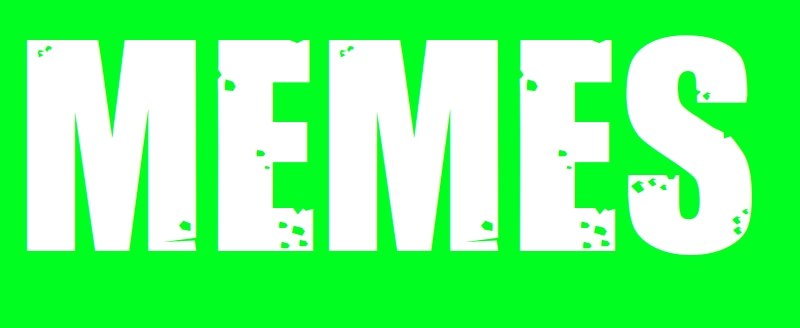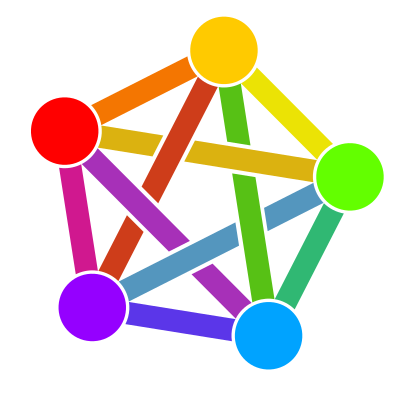I fell victim to this one on authentic “retro” N64 hardware, which has a hard plastic analog stick. Got an enormous blister right on the palm of my hand trying to win this tug of war. Of course, my young brain was able to hyperfocus on the game and completely tuned out any sense of pain in my hand. It was quite gruesome when I finally beat it and realized my hand was torn to shreds. I was at my neighbors place and I remember how shocked their mom was. She applied some cream that I think was meant for severe burns.
Nintendo would later run a campaign where they’d send you fingerless gloves for free to try to do some damage control on all the negative press when reports started popping up.
















Although the immediate processing of food might occur in major digestive organs, the effect of increased or decreased nutrient availability will be felt throughout the body. One primary effect of starvation is the breaking down of cells (autophagy) in order to reuse their components for more necessary bodily functions - like the atrophying of muscles.
Naturally, your germ line cells are one of your core bodily functions, so the nutrients will necessarily need to make their way there.
One recent paper[1] hypothesized that the byproducts of this cellular breakdown can cause cells to bundle up DNA that encodes some genes, rendering them less accessible and therefore less active. This can even be passed trans-generationally (presumably by altering the tight storage of specific genes in the germ line cells).
Broadly this mechanism is called epigenetics, where specific histone protein modifications cause regions of DNA to coil up tightly, making it far less likely to be expressed, or unwind and become far more active. It’s a very neat mechanism by which many characteristics can become generational despite not having a clear genetic component.
[1] https://pmc.ncbi.nlm.nih.gov/articles/PMC10244352/